Every holiday cook has asked at some point: how long to cook a turkey so it’s juicy, tender, and fully done? Undercook it, and dinner’s a disaster. Overcook it, and it’s dry. The good news? With a few proven time-and-temp guidelines, you can confidently roast a flavorful, moist turkey. These tips will help you get it perfectly right—every single time.
General Rule of Thumb
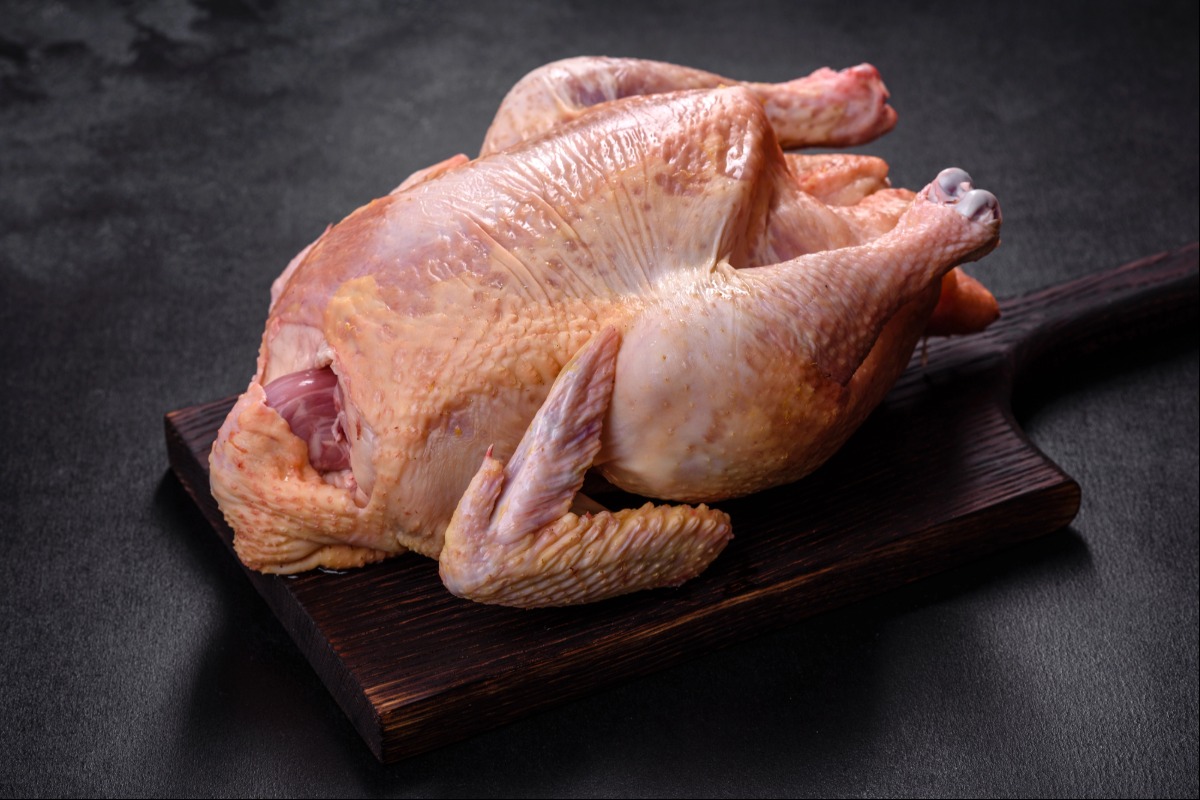
The classic guideline for how long to cook a turkey is 15 minutes per pound at 325°F for an unstuffed bird. That means a 12-pound turkey takes about 3 hours. This steady, moderate heat allows the meat to cook evenly, locking in moisture and flavor without drying out the breast or overcooking the legs.
Know the Target Temperature

A key factor in how long to cook a turkey is its internal temperature, not just time. The thickest part of the breast should reach 165°F, and the thigh should hit 170–175°F. Using a reliable meat thermometer is essential. This ensures your turkey is fully cooked, safe to eat, and wonderfully juicy throughout.
Weight Really Matters
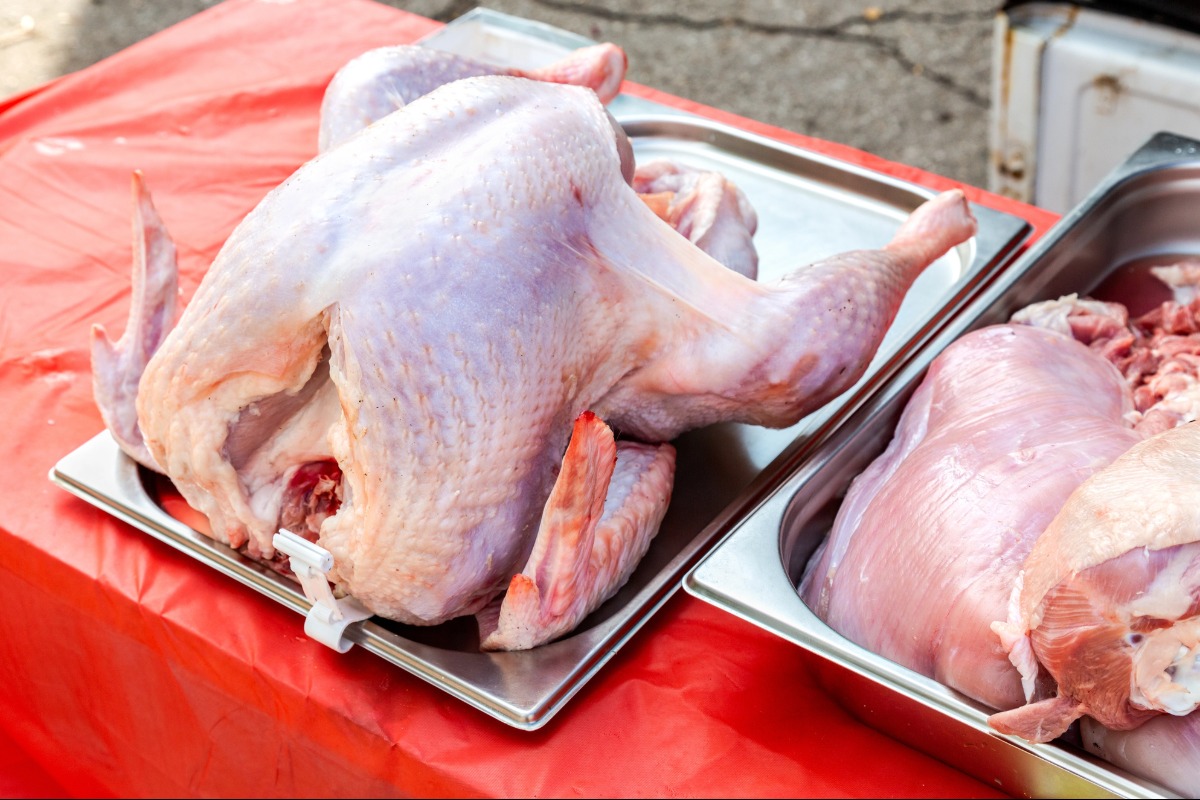
Understanding weight helps you determine how long to cook a turkey accurately. Smaller turkeys (8–12 lbs.) take about 2½ to 3 hours, medium ones (12–16 lbs.) about 3–4 hours, and larger birds (16–20 lbs.) 4–5 hours at 325°F. Consistent oven temperature and correct weight-based timing are the secrets to perfect results.
Thawed vs. Frozen

When calculating how long to cook a turkey, remember that a frozen turkey will take much longer—or may not cook evenly at all. Always thaw first. A fully thawed turkey ensures even cooking and juicier meat. If cooking from frozen, add about 50% more time, and use a thermometer to confirm doneness.
Related Post: 15 Spooky Appetizers No One Can Resist
Stuffed vs. Unstuffed Birds
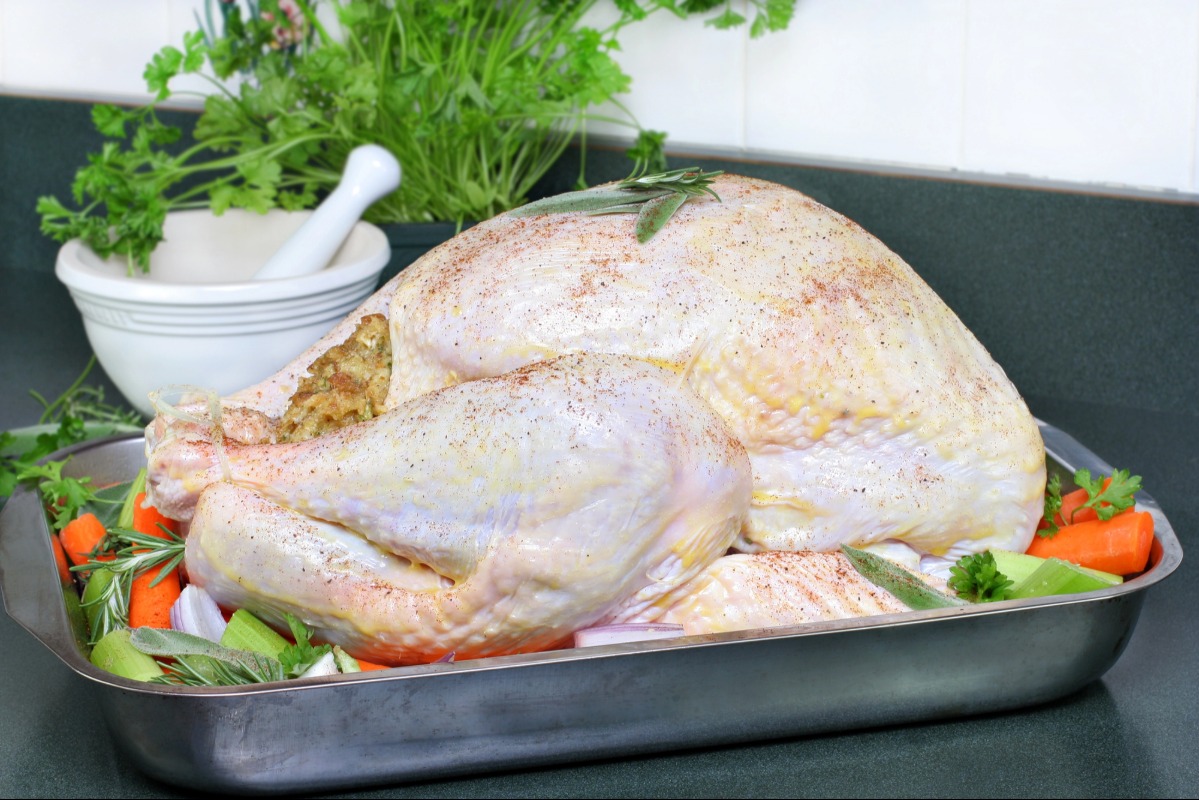
Stuffing affects how long to cook a turkey. A stuffed turkey requires additional time—about 16–17 minutes per pound at 325°F. Both the stuffing and the turkey must reach a safe internal temperature of 165°F. This prevents undercooking the center and keeps the stuffing moist and flavorful without overcooking the bird.
Related Post: 16 Halloween Snacks That Disappear Faster Than Ghosts
Spatchcocking Speeds Things Up

For cooks wondering how long to cook a turkey when they want faster results, spatchcocking (butterflying) is a smart solution. Removing the backbone flattens the bird, helping it cook more evenly and in less time—often shaving up to 30–45 minutes off the total cook time. It’s a favorite among experienced home cooks.
Related Post: 20 Halloween Treats That Taste Amazing
High Heat vs. Low Heat
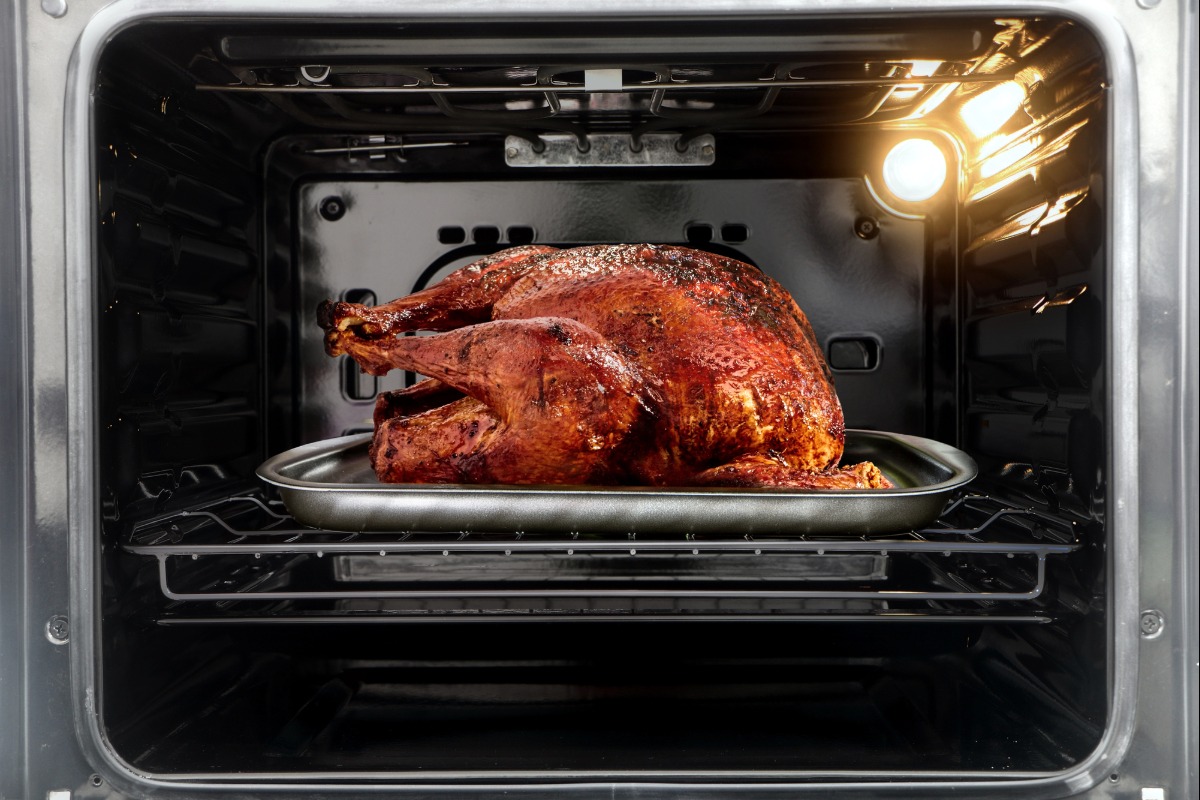
Different oven temperatures impact how long to cook a turkey. Low and slow (325°F) ensures juicy, even results. Higher temperatures (400°F) speed things up but risk drying out the breast. A hybrid method—starting high for 30 minutes, then lowering to 325°F—helps crisp the skin and keeps the meat moist and tender.
Related Post: 18 Halloween Desserts So Good It’s Scary
Resting Time Counts Too
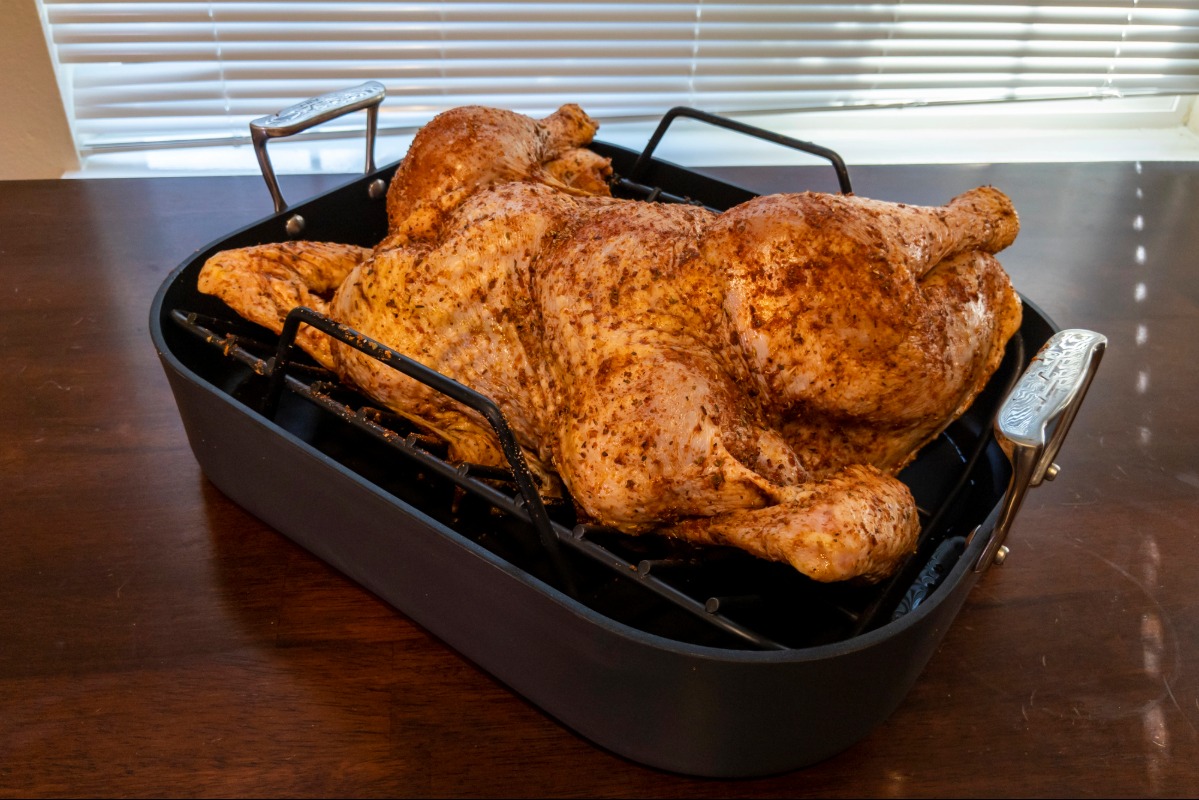
Factoring in resting time is essential when calculating how long to cook a turkey. After removing it from the oven, rest the bird for 20–30 minutes. This allows juices to redistribute, making the meat tender and moist. Resting also gives you time to finish side dishes or make gravy without stress.
Related Post: 16 Freezer Meals For New Moms That Save Time
Use an Oven Thermometer
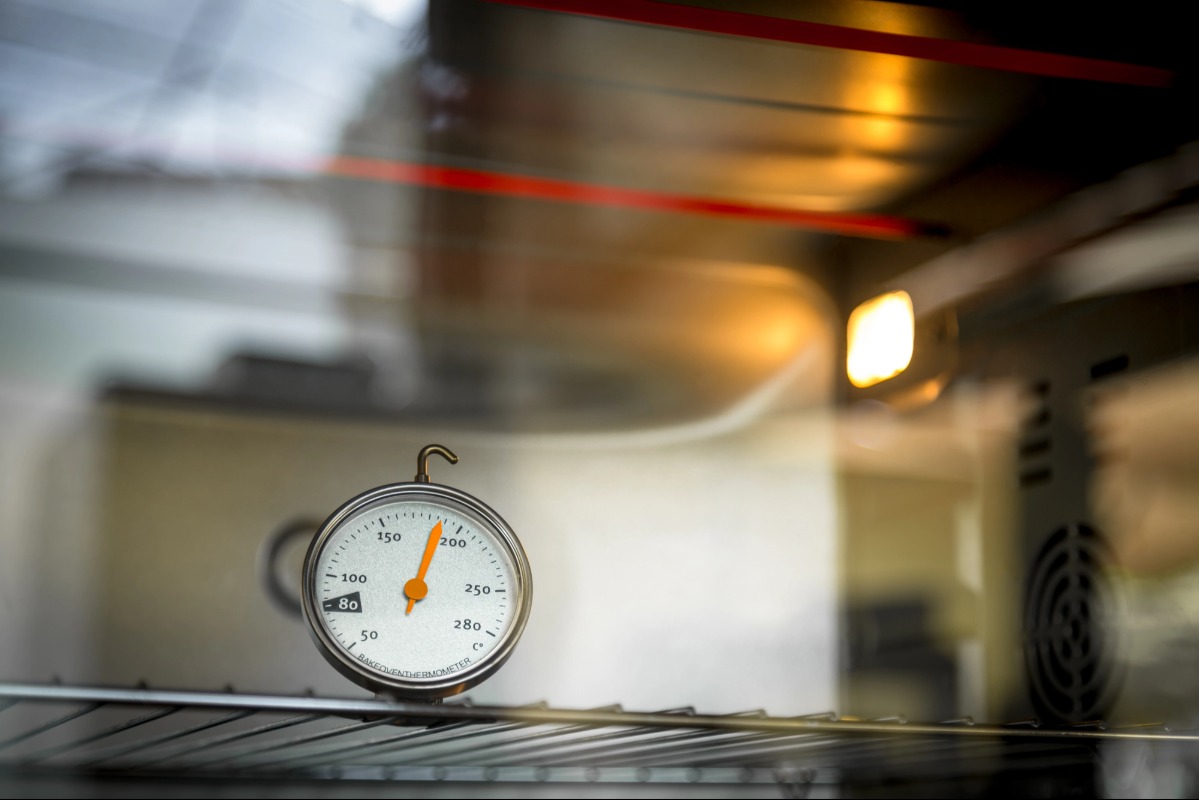
Oven temperatures can be unreliable, affecting how long to cook a turkey accurately. An oven thermometer ensures the true temperature matches the dial, avoiding under- or overcooking. A stable, consistent temperature keeps cooking times predictable and results reliable—especially when you’re managing holiday meals and can’t afford guesswork.
Related Post: 17 Warm Desserts That Melt In Your Mouth
Basting Doesn’t Change Cook Time
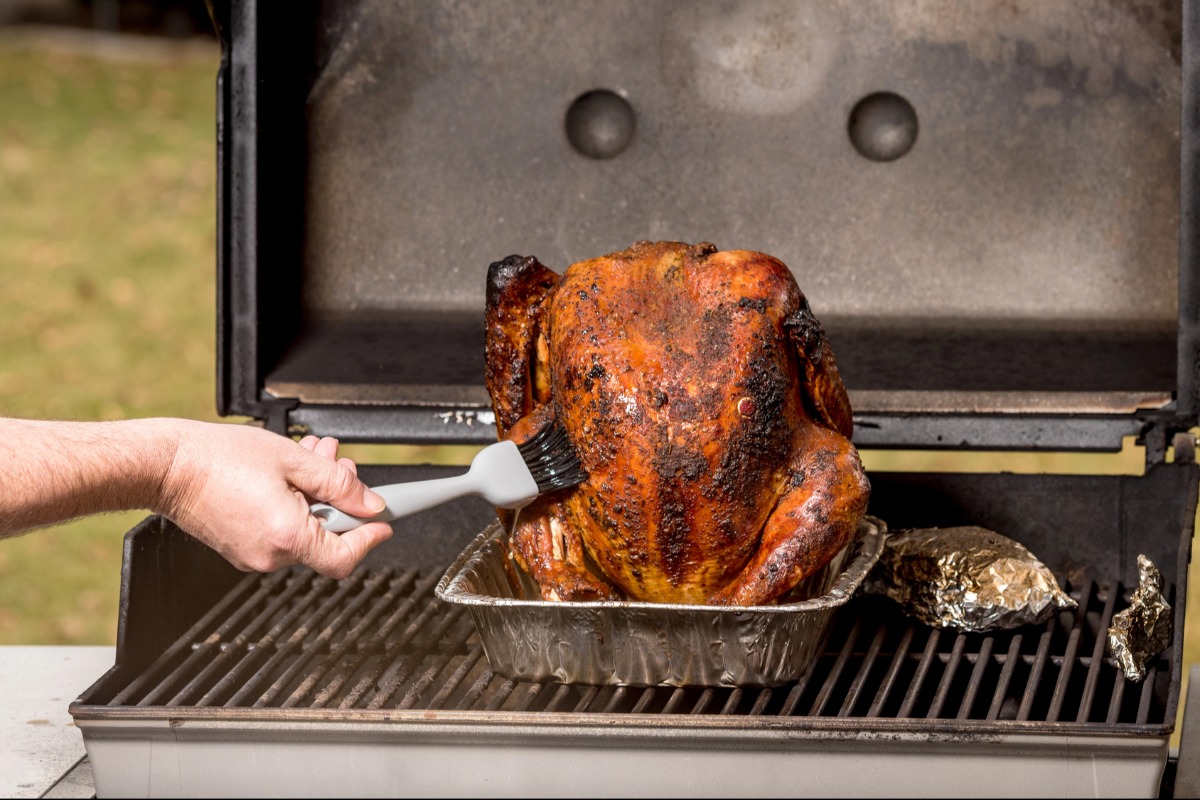
Basting may add flavor, but it doesn’t affect how long to cook a turkey. Opening the oven too often can actually lengthen the cooking time by letting heat escape. Instead, baste just once or twice during roasting, or skip it entirely. Butter under the skin or a brine keeps it moist without frequent opening.
Related Post: 16 Warm Dips That Steal The Party Spread
Convection Ovens Cook Faster
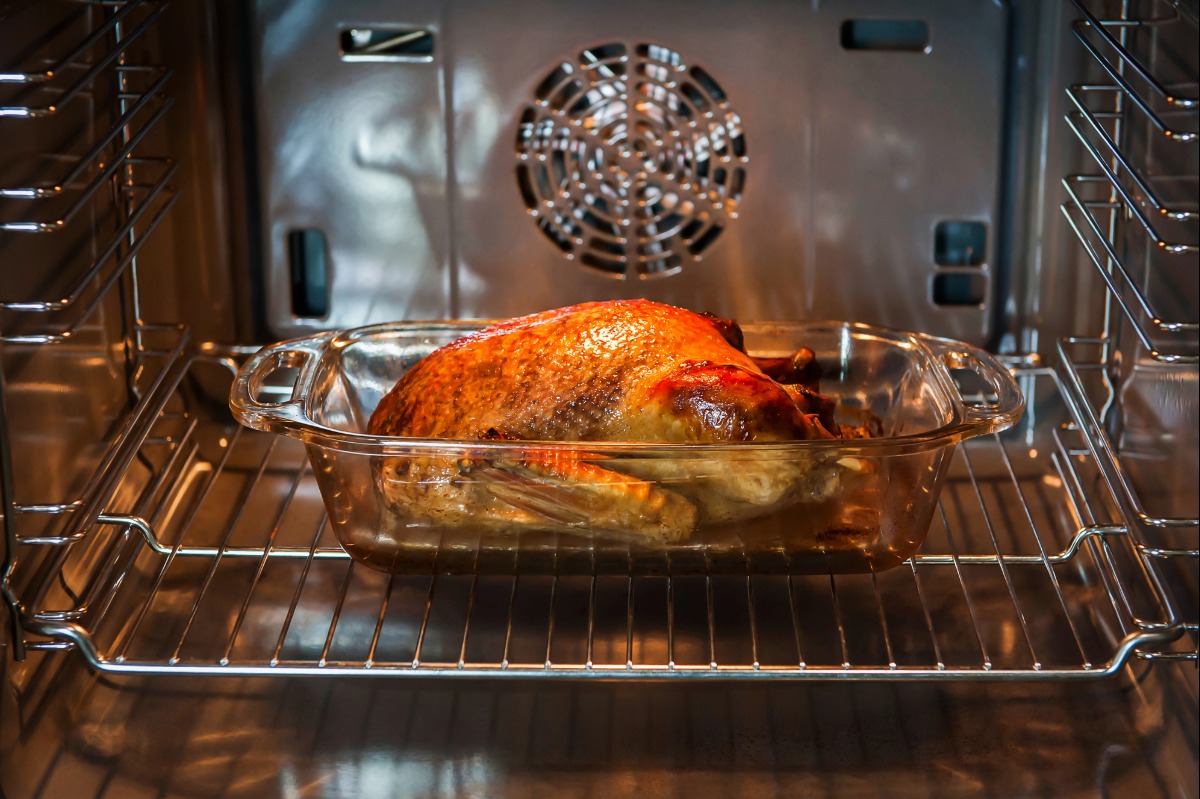
A convection oven can reduce how long to cook a turkey by 15–25%. The fan circulates hot air, promoting even cooking and crispier skin. If using convection, lower the oven temperature to 300°F and adjust the time accordingly. Always rely on a thermometer to ensure the bird reaches the proper internal temperature.
Related Post: 15 Warm Cocktails That Feel Like A Hug
Tent with Foil When Needed
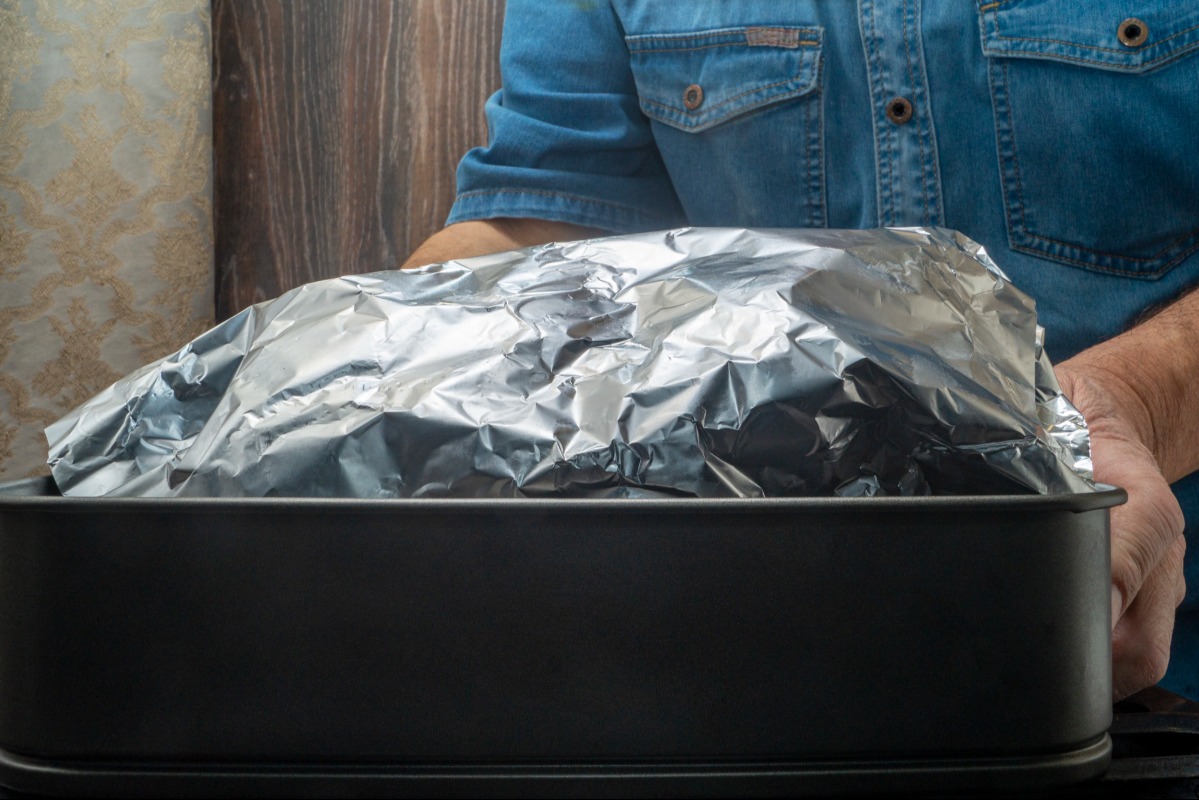
If the skin browns too quickly, tenting affects how long to cook a turkey indirectly. Covering the breast loosely with foil prevents over-browning while allowing the inside to continue cooking evenly. This prevents a burnt exterior with an underdone interior—a common issue with larger turkeys or hotter ovens.
Related Post: 18 Fall Snacks That Keep You Warm And Happy
Account for Carryover Cooking
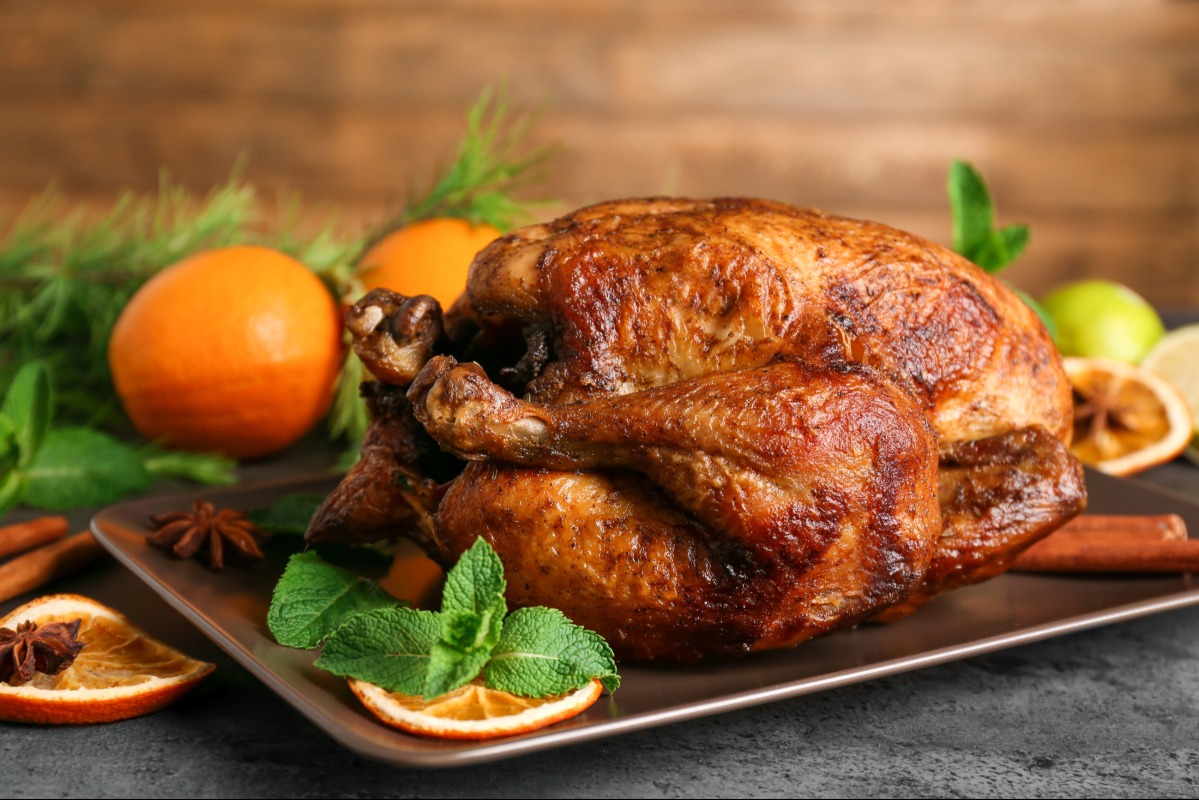
Carryover cooking plays a quiet role in how long to cook a turkey. After removing it from the oven, the temperature can rise another 5–10°F. Taking the turkey out when the breast is around 160°F ensures it finishes cooking without drying out. This trick locks in juices for perfect texture.
Related Post: 16 Fall Meal Ideas That Feel Instantly Cozy
Preheating Is Non-Negotiable

Preheating the oven is crucial in calculating how long to cook a turkey correctly. Starting with a cold oven can throw off your timing and result in uneven cooking. A fully preheated oven at 325°F gives your turkey the steady heat it needs from the start, helping the meat cook safely and predictably.
Related Post: 17 Fall Deserts Too Beautiful To Ignore
Follow USDA Guidelines

The safest reference for how long to cook a turkey is the USDA. Their recommendations ensure your bird is cooked to 165°F minimum for safety. Their time chart is based on weight and temperature, helping avoid guesswork. Following these guidelines guarantees a perfectly juicy, safely cooked turkey that impresses every guest.
Related Post: 18 Kid Friendly Appetizers Even Adults Love
Mastering how long to cook a turkey is all about precision, not panic. By using the right weight-based timing, internal temperature checks, and cooking techniques, you’ll get a tender, juicy bird every time. Whether you roast low and slow or spatchcock for speed, these tips remove the guesswork. Trust your thermometer, plan your timing, and enjoy the juiciest turkey ever.
Disclaimer: This list is solely the author’s opinion based on research and publicly available information.
18 Thanksgiving Sides That Steal the Show Before the Turkey
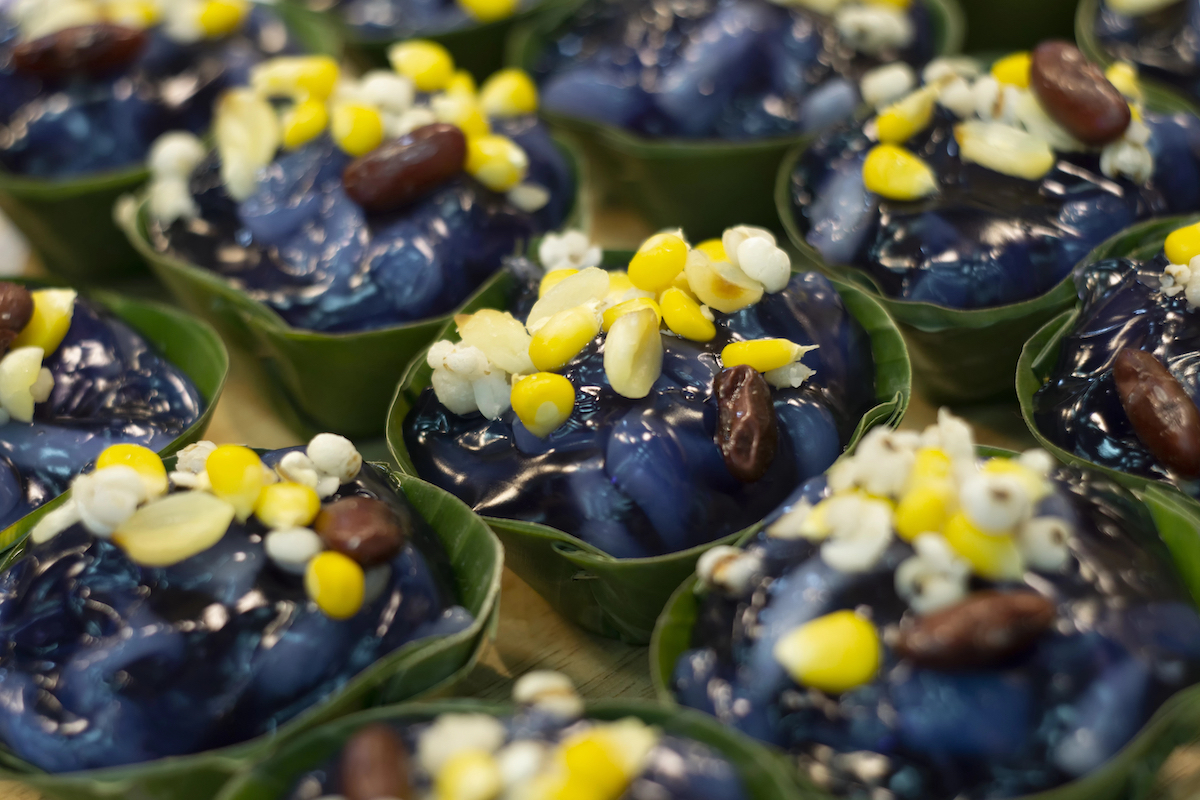
Thanksgiving isn’t just about the turkey—side dishes play a starring role in making the meal unforgettable. From creamy casseroles to roasted vegetables and hearty breads, the right selection of thanksgiving sides can turn any table into a true feast.
Read it here: 18 Thanksgiving Sides That Steal the Show Before the Turkey
15 Halloween Themed Food Ideas That Scream Boo-tiful
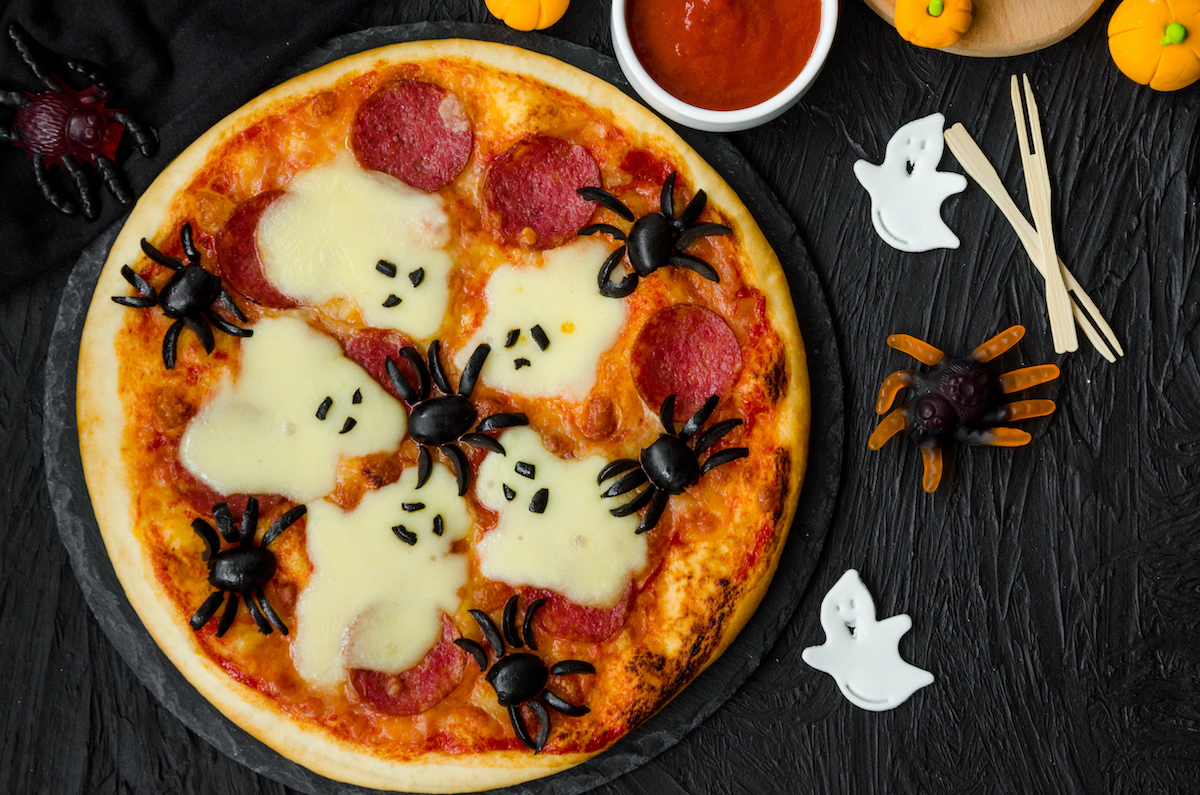
When it comes to planning a spooky gathering, creative halloween themed food is the ultimate showstopper. From creepy-cute desserts to eerie appetizers, these edible masterpieces bring both flavor and festive flair to the table.
Read it here: 15 Halloween Themed Food Ideas That Scream Boo-tiful
17 Spooky Food Ideas That Are Almost Too Creepy to Eat

Halloween is the perfect excuse to experiment in the kitchen with dishes that are equal parts eerie and delicious. From ghostly sweets to savory bites that resemble creepy creatures, spooky food ideas bring an unforgettable flair to your table.
Read it here: 17 Spooky Food Ideas That Are Almost Too Creepy to Eat
